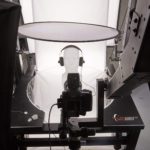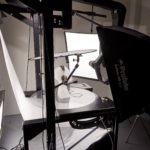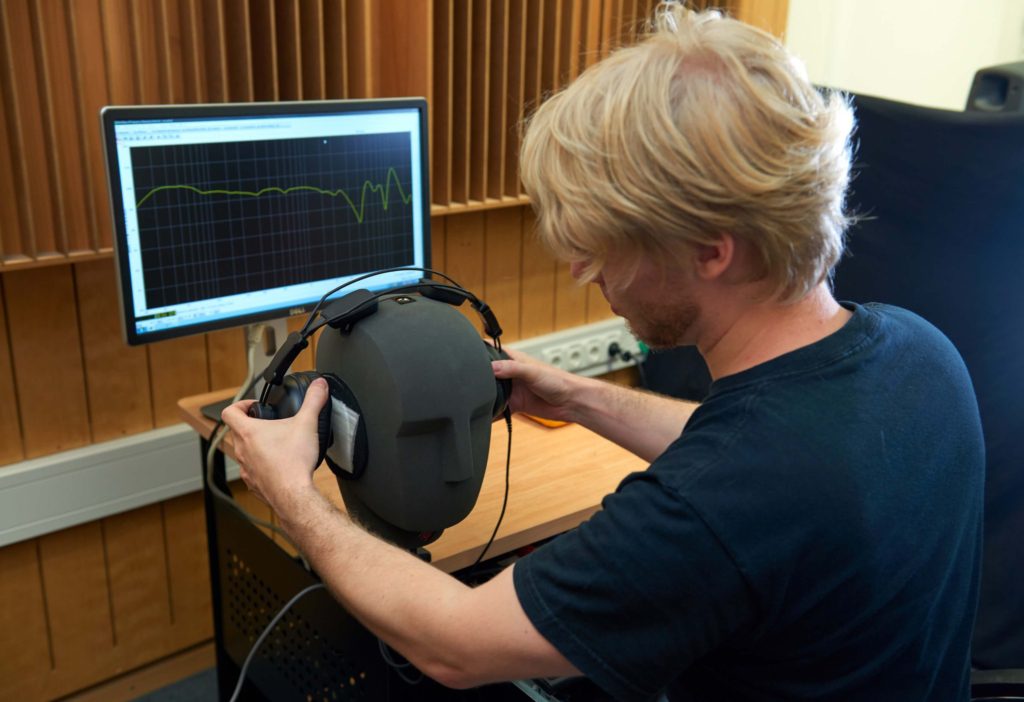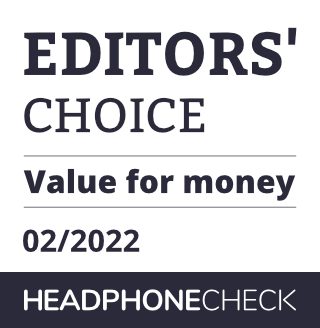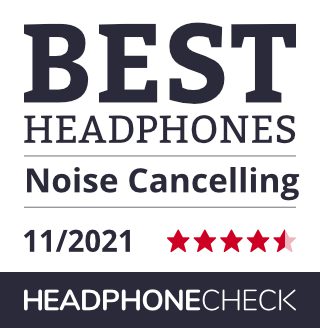headphonecheck.com takes reviewing very seriously!
The objective of headphonecheck.com is to measure (as far as possible) and evaluate all headphones, whether in-ears, on-ears or over-ears under the same conditions, in order to create the highest possible transparency, which is needed as a potential purchaser of headphones. An important point is, of course, the sound, but also the handling and finally the suitability for the most diverse demands are evaluated by means of our test procedure, processed and sorted and published with all the means of a modern website.
Photo session
Many of the headphones, most of which are brand new, first come to our own photo studio where they are photographed from all angles by professional photographers. Each of these headphones is photographed with at least 32 pictures, always with the same perspectives and settings, depending on the product type. Accessories, plugs and important details are also shown in a comparable way.
Frequency response
The heart of our measurements is the determination of the frequency response. This is a very good indication of how the headphones sound in the end. The measurement system is a artificial head, the Neumann KU 100, which is THE official professional acoustic head and is used in our measurement and recording studio. One “ear” of the KU 100 is modified with foam rubber so that the headphones always seal tightly. Due to technical and also scheduling limitations, we are not able to measure every type of headphone. Pure Bluetooth headphones that do not have an analogue input, as well as true wireless in-ears, cannot be measured in a 100% comparable way, so we have decided not to publish these slightly erroneous measurements.
External damping
The effects of external noise are also important for the purchase decision. We measure the external damping of every loudspeaker whose frequency response is measured (see above). Closed systems in particular are bought because of the external attenuation, so we can present comparable values. Noise cancelling headphones are of course measured with the noise cancelling system switched on.
Contact pressure
Another criteria for wearing comfort is the degree of contact pressure. We determine this by measuring the headband tension for a small and a large head. This provides two parameters between which you can interpolate any head width. In our opinion, it is the absolute force that determines long-term comfort, not the pressure (force per area), since it is the deformation of the head that causes discomfort. In the tests, the force is given in grams with which one side of the earpiece presses against the head.
Human factor
After passing through our test labs, the headphones are sent to our authors. Each of our authors is an expert in his or her field. Musicians, sound engineers, hi-fi freaks, athletes, but also people like you and me, who constantly have to deal with headphones in everyday life, are sent the products. Before a single line is written, the headphones are literally put to use – and ultimately a text is written that appears as a test on headphone check.com.
Determination of test results
Scoring system and recommendations
Time and again, we receive reader comments questioning our rating system and interpreting our recommendations as bought advertising. Here are some explanations:
Recommendations and awards
Recommendations for certain headphones are given by us – the editors. These are always based on the evaluation results of the author. At the same time, the recommendations are often divided into categories and also have a chronological location:
The recommendation “Value for money 02/2022” means that these headphones received an award for their good price/performance ratio in February 2022.
The recommendation “Best Noise Cancelling Headphones 11/2021” means that these headphones received a top rating from the author in the category “Noise Cancelling” in November 2021.
Recommendations cannot be bought by manufacturers or distributors (see below “How independent are our tests”).
Our ratings system
Many hours of thought were put into a coherent rating system for headphones, both within the editorial team and with the authors. With the launch of our platform, we decided on the current system. We admit that even our system cannot be free of criticism.
The most important points in this context are
a.) the subjectivity of listening
b.) the chronological nature of our platform
c.) the backwards compatibility
Basically, the author of the respective test creates the rating. The rating itself is made within the price and product class and not according to absolute standards. You can’t compare a pair of 40-euro true-wireless headphones with a pair of electrostatic headphones with a four-digit price tag. These products have different target groups.
a.) The ear is not an objective measuring instrument! A large part of the sound evaluation takes place in the brain, so it also has to do with experience and imprinting. In addition, there are physiognomic characteristics and, of course, personal preferences. In short: every author hears differently.
One might assume that the higher the quality of a sound reproduction device, the more neutral it becomes and thus the more unambiguous its evaluation. However, a good century of loudspeaker development shows that this is not the case. Even expensive loudspeakers do not sound identical. It is no different with headphones. The evaluation of our authors always contains a good deal of subjectivity.
Where possible, we try to include measurement data (see above). But here too, a good measurement does not necessarily sound good.
b.) Technology is constantly developing. But the scoring remains the same. A headphone that scored well a few years ago must be judged in a different environment today. Features such as the Bluetooth version, the audio codecs provided or the runtime continue to develop. Thus, an old headphone today would possibly have to accept cutbacks in certain areas.
Equally, however, it is also possible that an author might receive an updated or technically optimised larger version of a well-reviewed headphone. A real problem if one has already given a top rating. Conversely, we find it problematic to devalue old headphones after they have been reviewed.
You should also be aware that we don’t (can’t) keep all headphones in stock. It is possible that the old headphones are not available to the author for comparison.
c.) If we were to change our rating system, this would affect more than a thousand existing tests.
How independent are our reviews?
headphonecheck.com is an independent online magazine that is financed by advertising banners and commissions from the online shops we link to. This partnership with large online retailers such as Thomann.de, Amazon or Mediamarkt enables us to offer you this platform free of charge and yet completely product-neutral.
If you think our content is great, you can do us a big favour by clicking on one of the links in our price comparison, because then we will benefit a little bit if you buy your headphones there.
Our authors are freelancers who are paid for their tests and are in no way affiliated with manufacturers or retailers.
Neither we nor our partners or advertisers have any influence on the authors or their test results.
If you ever doubt or disagree with anything we or our team of writers say, feel free to comment on our content. This way we can better learn what is important to you and what we can perhaps pay more attention to in the future. In addition, you can help other users from our community with your opinion and knowledge.
